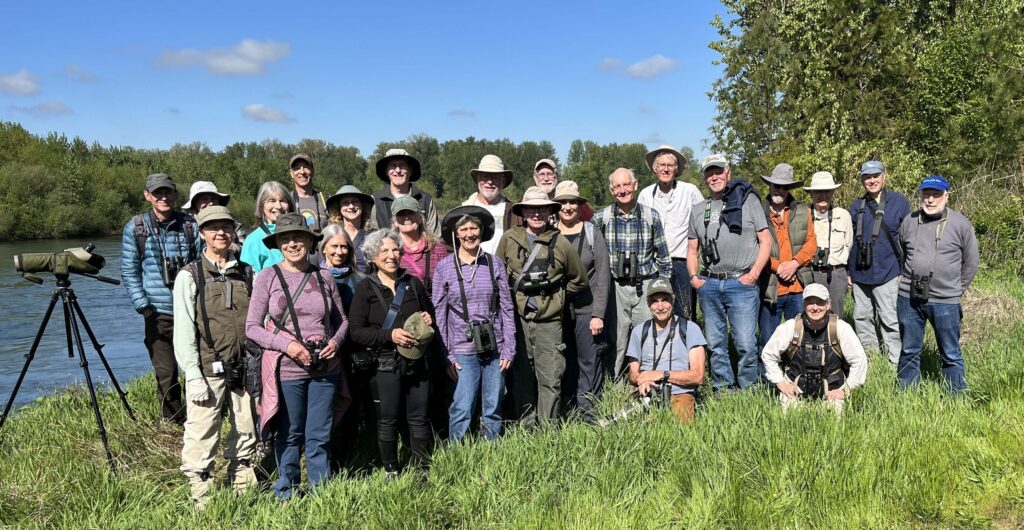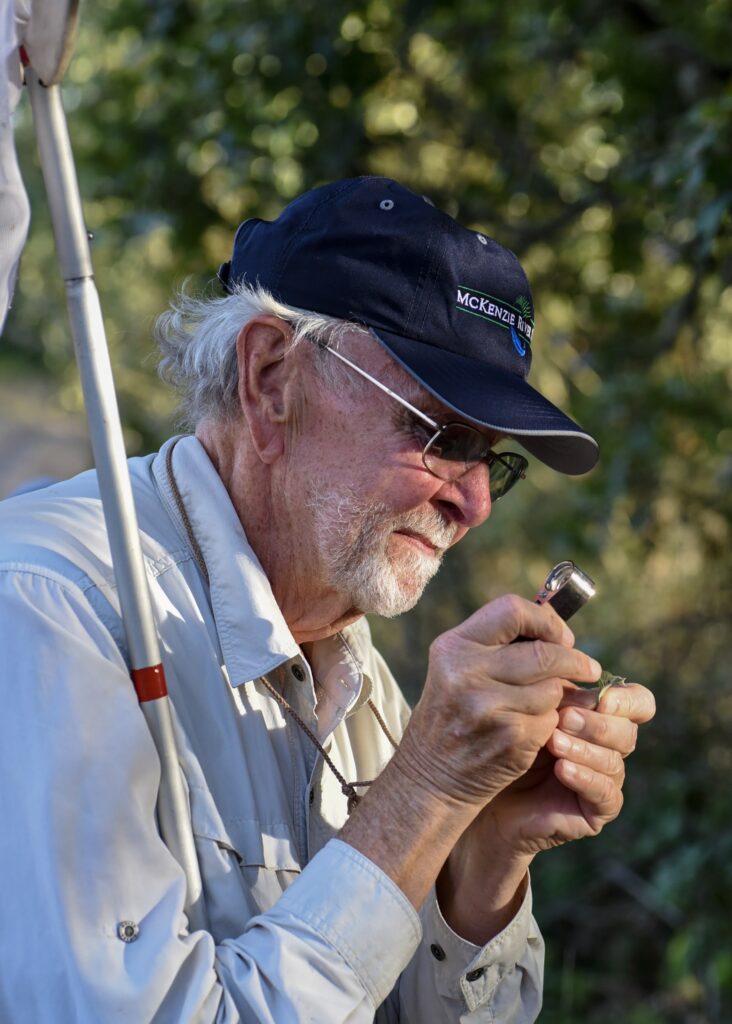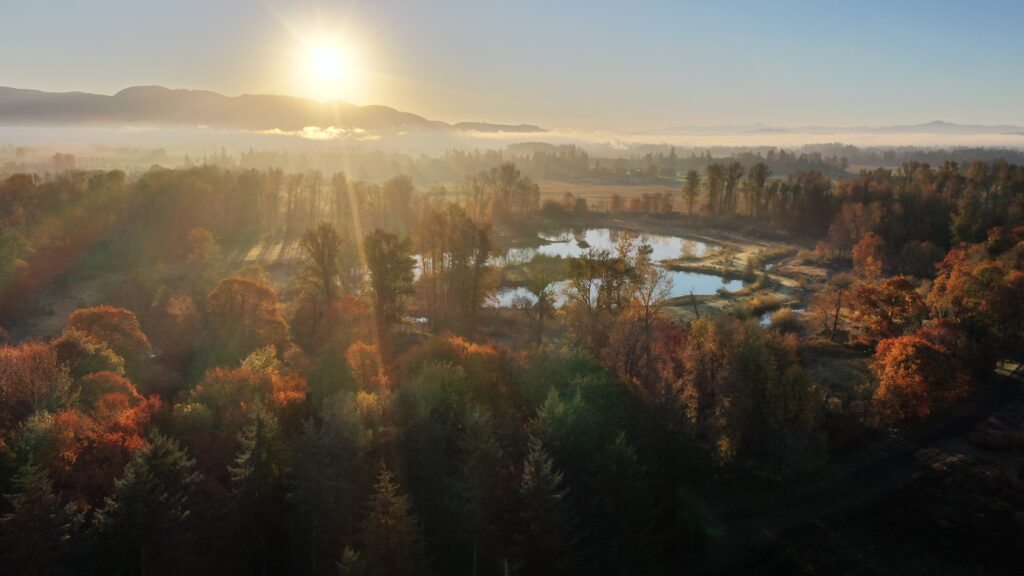
Looking Back: The First 20 Years of MRT at Green Island
For 20 years, people like you have been planting, weeding, watering, and loving Green Island. Let’s look back at the journey since McKenzie River Trust purchased this special property in 2003, forever transforming the trajectory of the Trust. In the first years following the acquisition, the plan was to transfer Green Island to a regional or federal agency for inclusion in a park or refuge system. Instead, the land remains in the hands of McKenzie River Trust.
Over time, many agencies, partner groups, and community members have made deep investments in the project and in MRT. For those of us fortunate enough to have witnessed the year to year changes on the ground, in the river, and to McKenzie River Trust itself, these last two decades have been joyful, awe-inspiring, and humbling.
The generosity of the community and the regenerative power of nature have been equally uplifting. Learning many lessons over the years from Green Island has allowed McKenzie River Trust to take on bigger conservation opportunities throughout our region. It has created opportunities for more people to participate.
And as one staff member recently observed, it allowed us to “put love into the land.”
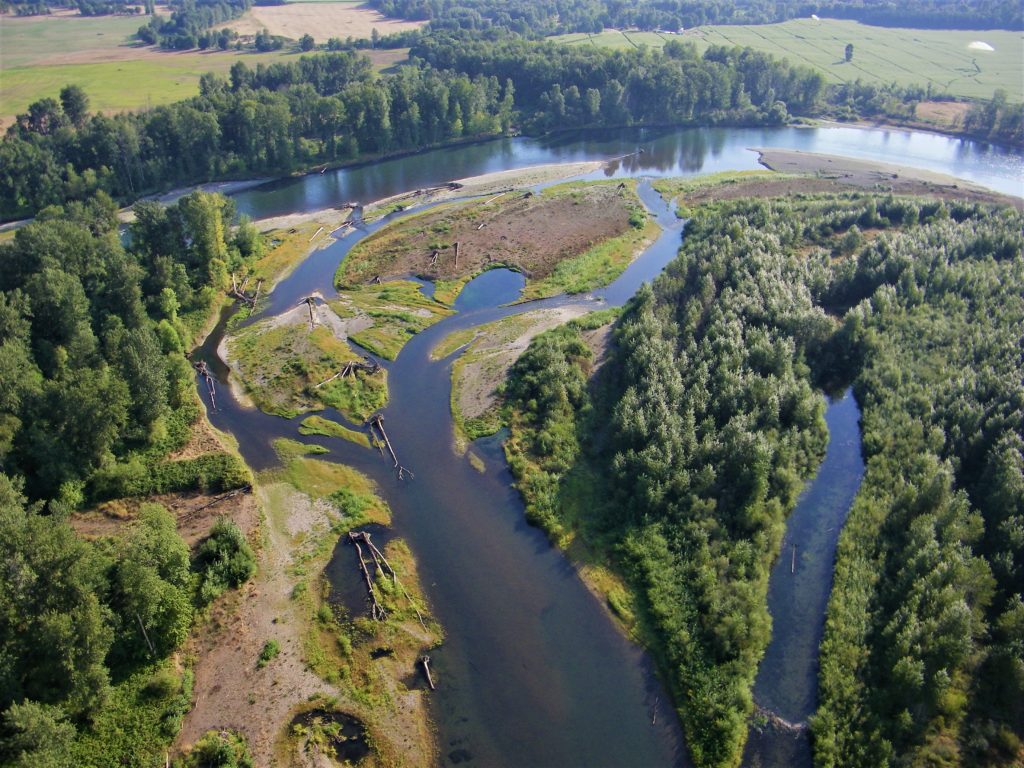
The stories, voices, and images in the articles below barely begin to tell a story that is worthy of a full book. These stories are inspired by you. And they hope to encourage you to share and make your own stories, at Green Island, and at the many other places you are helping to protect and care for. To the many people who have had a hand in making this project, and this special place, worthy of celebration: the land thanks you!

A Community Legacy
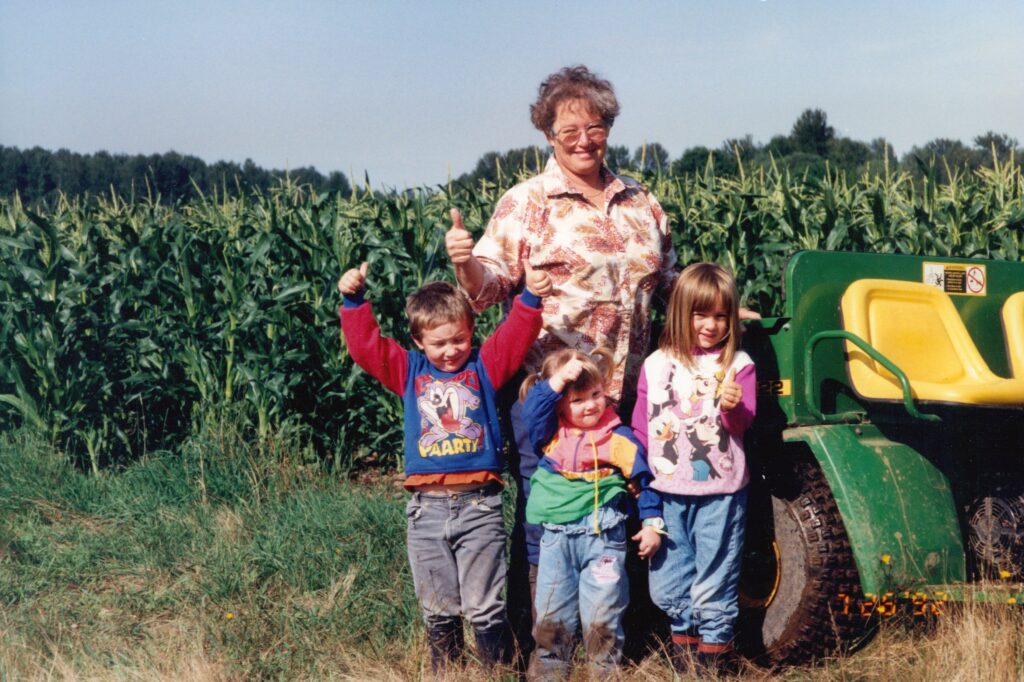
On June 30, 2003, the longtime Coburg-based Green family
signed papers to sell Green Island to McKenzie River Trust. The
family’s generous commitment to put the property in conservation was a regional milestone. Letting go of land that had been farmed since the early 20th century was not an easy decision.
Considering the joys and challenges of farming there, matriarch Karen Green recently observed, “Oh, it was a great place to be a family, but Les spent a lot of time clearing things out of the fields that the river brought in.”
Green Island had long been a productive, but challenging place to farm crops. Over the years, Karen reflected on their reasons for returning their property to conservation. The loss of the local fruit and vegetable packing plant. The flooding challenges. Her family’s love for fish and wildlife. Today it is thriving differently. The island is filled with birdsong and shade from young riparian forests. Salmon, trout, otters and osprey find shelter in new habitats. Flood waters are welcome across every corner.
For three generations, the Green family farmed and tended the Island. With the support of people like you, McKenzie River Trust has cared for this special place for nearly another generation. And the land continues to change and evolve in new ways, thanks to the generosity and community-minded vision of Karen and her family.
Restoring a Living River
After the extraordinary Willamette River flood in 1996, the constraint of rivers with dams and levees built along their edges was increasingly called into question. Since the colonial settlement of the Willamette Valley, generations of people have worked to hem the river and hurry it along toward the ocean. With this loss of the river’s meanderings, both water quality and fish and wildlife species have declined. The conservation of Green Island helped spawn a two-decade effort to test new floodplain restoration strategies to address that decline.
With the property in conservation ownership, a motley crew of technical experts, pragmatic contractors, creative thinkers, and tireless volunteers helped to expand the reach of the river and opened our minds to what it means to nurture a Living River.
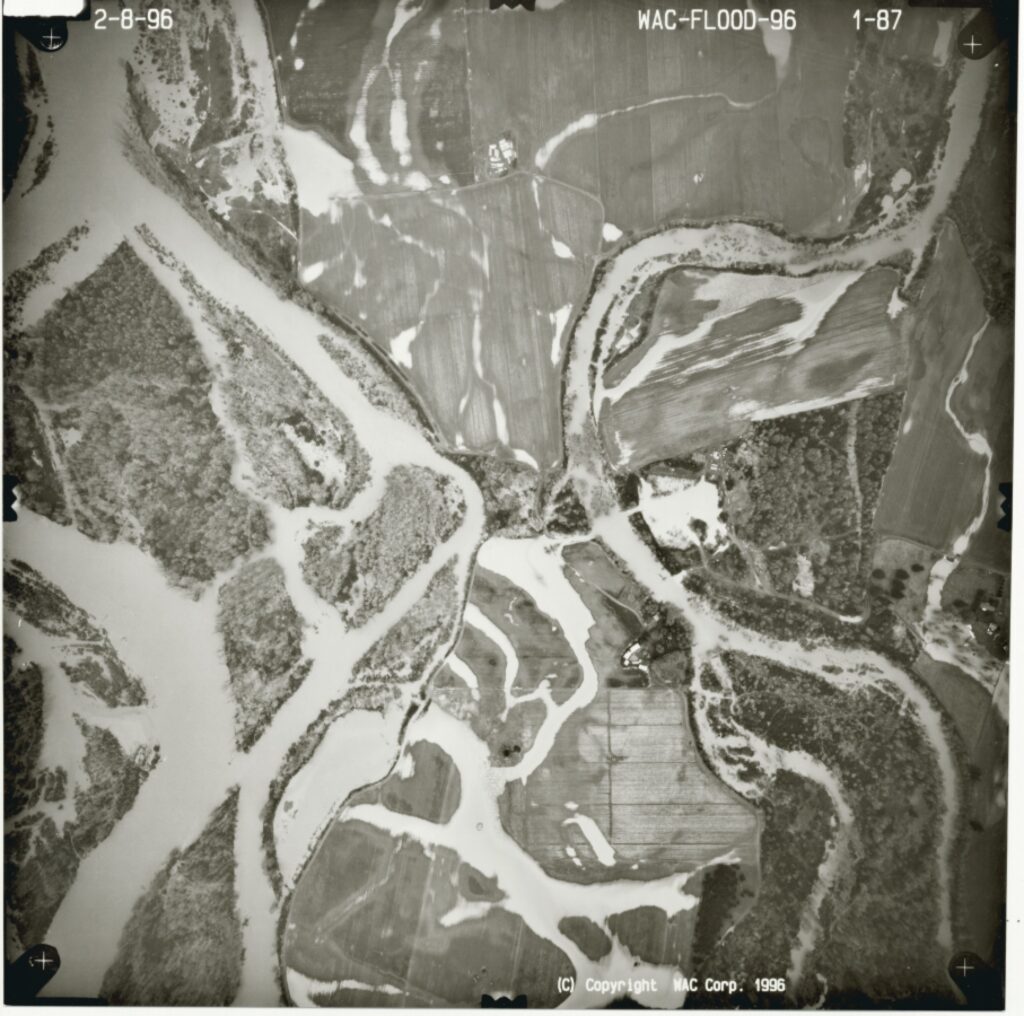
The vision of a more dynamic river was outlined in the 2002 Willamette River Basin Planning Atlas, which provided a roadmap for the strategic removal of levees, planting of forests, wet meadows, and grasslands, and reconnecting the floodplain. The goal was to let the river back onto the land and to recreate the side channels and seasonal pools that had been lost.
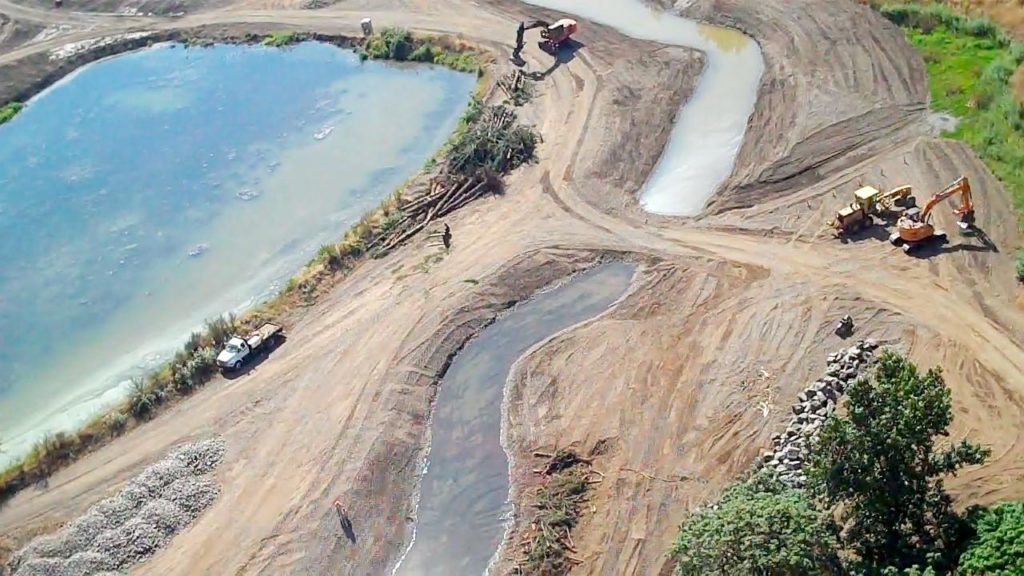
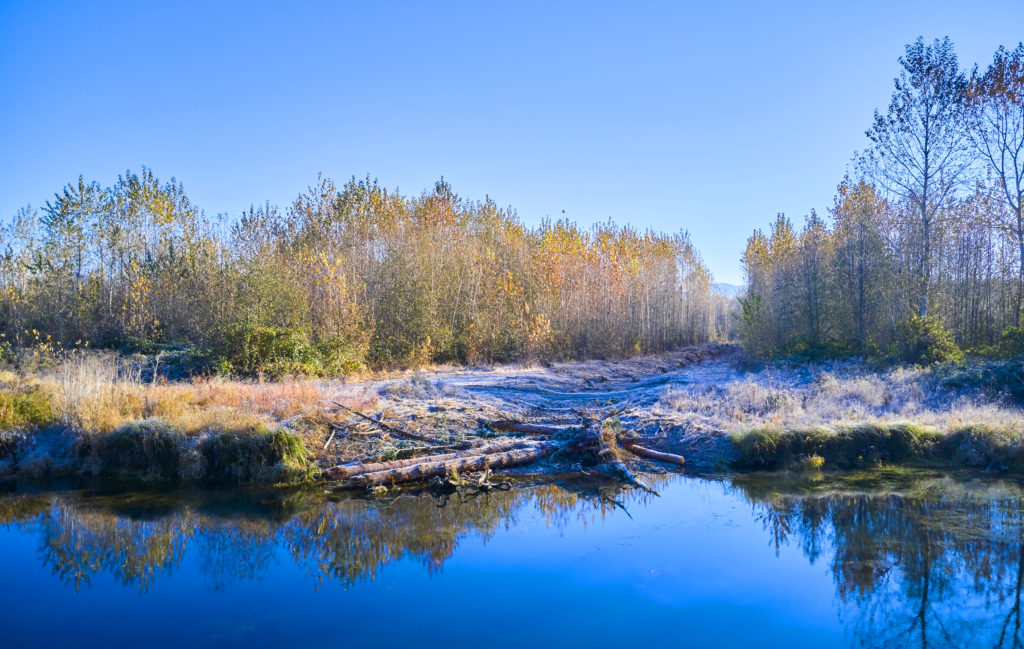
In 2010, visionary leaders at Meyer Memorial Trust, Bonneville Power Administration, Oregon Watershed Enhancement Board, and Oregon Department of Fish and Wildlife established the basin-wide Willamette River Initiative. This 10-year funding and collaborative commitment broadened the work to include similar habitat anchors like the Willamette Confluence, Harkens Lake, and Snagboat Bend.
The trials and errors we’ve managed were accompanied by honest community conversations about the risks and rewards of
different ways of living close to rivers while ensuring their health. The river has taken its own initiative as well, sweeping away restoration plantings and sorting them downstream in gravel bars, river banks, and new islands. That increased freedom, aided by work at Green Island, continues to inspire us today.
A Field School for Collaborative Land Stewardship
From the earliest days of the Green Island project, its size and complexity have provided an ideal field school for MRT staff and many others. Its lessons have allowed many in the community to hone their skills and try new approaches to habitat restoration and land and water stewardship.
This work was initially guided by several cooperative agreements with the US Fish and Wildlife Service, the McKenzie Watershed Council, and Malpass Family Farms. Early restoration efforts focused on removing blackberry and other invasive species and then reestablishing a mix of native grasses, flowers, shrubs, and trees.
With those successes, McKenzie River Trust staff have become increasingly focused on long-term management strategies such as prescribed fire. Also known as ecological burning, applying fire to the landscape has helped to manage invasive plant species across the prairie uplands on the north end of the island. It also has created conditions for fire-adapted native plants to rebound and flourish.
McKenzie River Trust has partnered with heavy equipment contractors to remove berms, connect closed-off side channels, and recontour the CARP (Coburg Aggregate Reclamation Project) ponds. These changes to the land invite the river back across the island during times of high water. All the while, the river itself has been churning away, taking land from some places, depositing it in others, as it has for millennia.
Green Island restoration work has attracted researchers from the University of Oregon, Oregon State University, Environmental Protection Agency, US Geological Survey, National Oceanic and Atmospheric Administration, and Oregon Department of Fish and Wildlife. It’s sparked the curiosity of natural resource professionals from around the region, and the world.
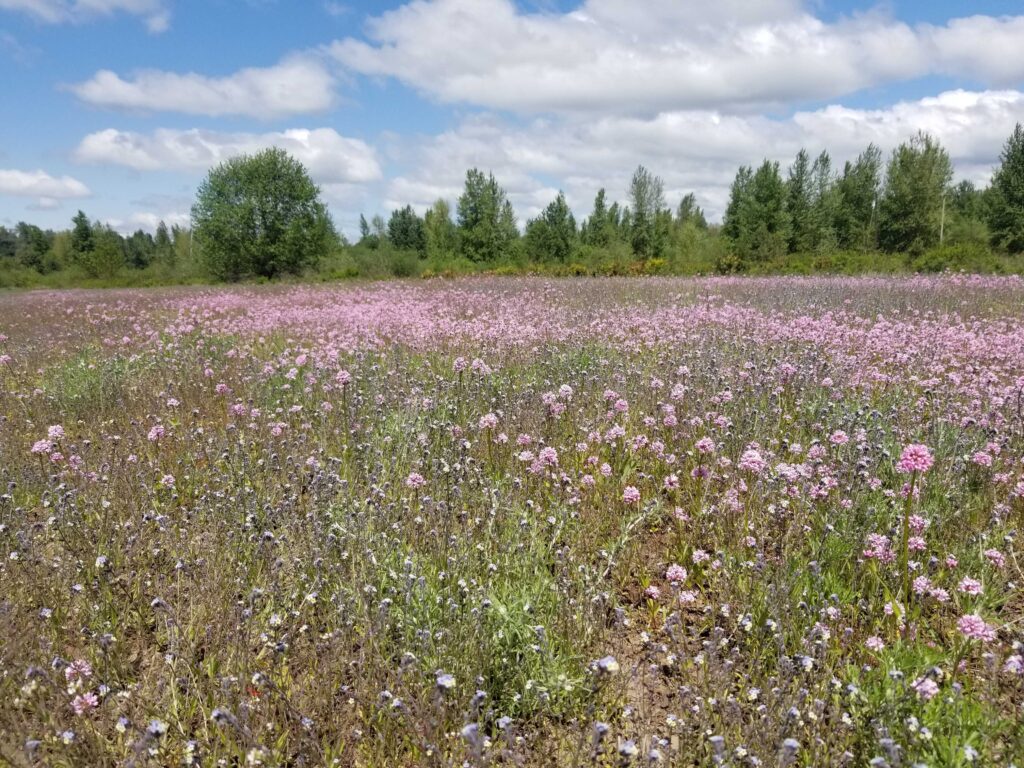
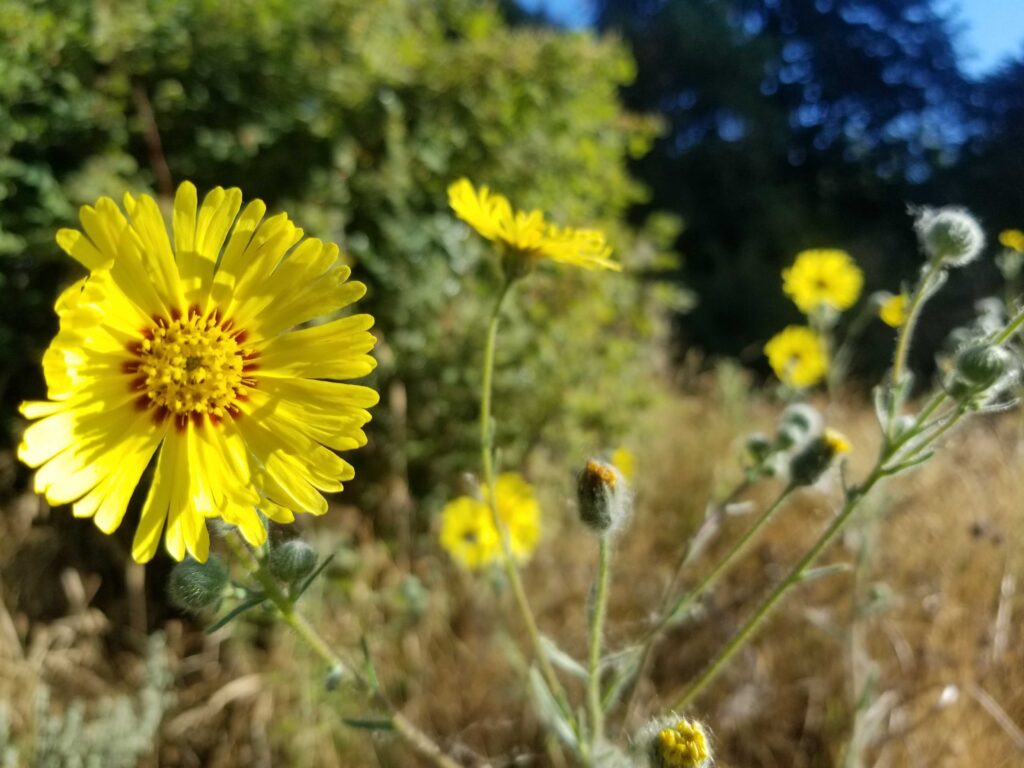
In recent years, MRT has worked to establish connections with regional Native American Tribes and Indigenous groups. Stewardship considerations are expanding to include opportunities for gathering of traditional foods and culturally important materials. The lessons Green Island has provided stewardship professionals are as deep, wide, and unending as the river itself.
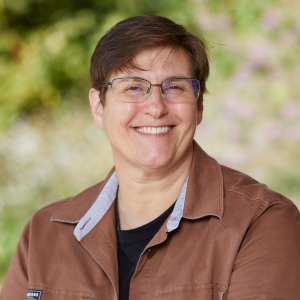
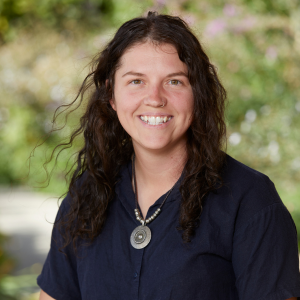
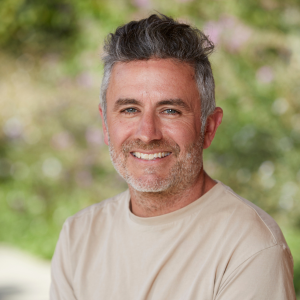
Putting Love in the Land
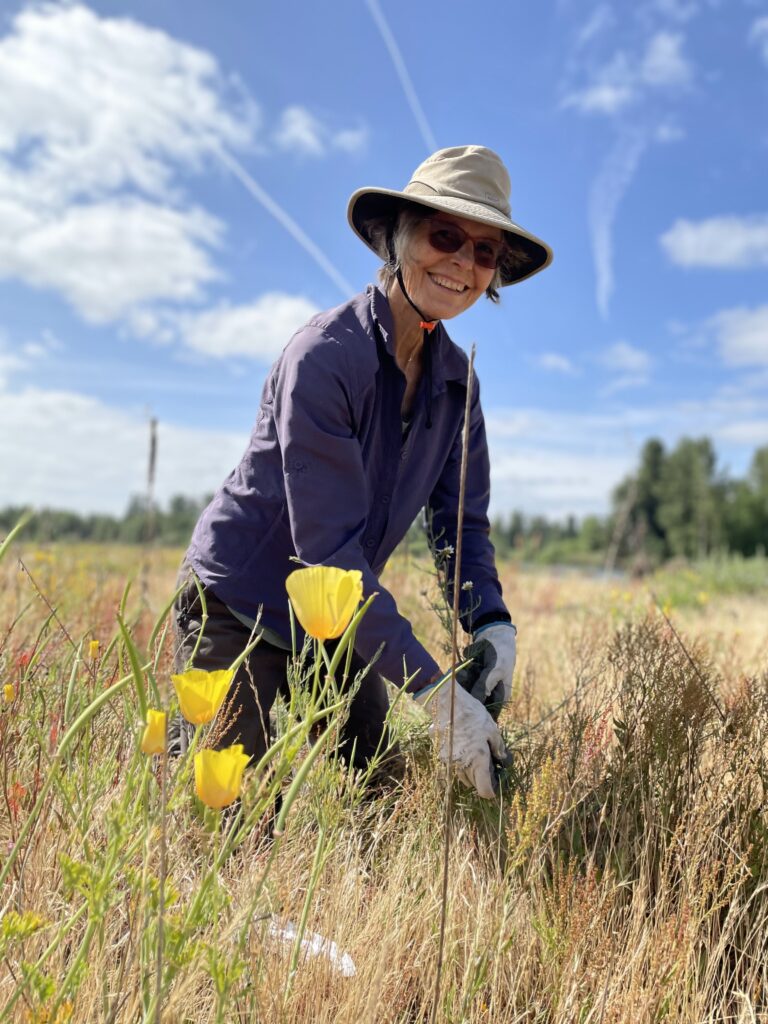

Two decades ago, volunteer MRT Board Members spent hours weighing the decision to purchase Green Island, an act recognized to be one that would “change the organization forever.” In 2006, hundreds of volunteers participated in some of the first tree plantings. Since that time, community members, businesses, and school groups have helped to plant and care for over one million native trees and shrubs on the Island. Volunteers have assisted with ongoing land stewardship by hand removing invasive species, collecting seeds, and monitoring native species. Many have shared their wisdom by leading educational tours and connecting with visitors at “Living River Exploration Days.”
Through the years, volunteers have brought their passions and expertise to Green Island. Volunteer and former Board Member Kit Larsen has been building and installing nesting boxes around the Island, and monitoring and documenting nesting activities for more than a decade. Alongside friends Jim Ott and Dennis Arendt, Kit now cares for more than 90 nest boxes annually. Since the spring of 2021, Dennis and Shel Neal have brought a little extra life to 40 of the boxes by painting them in the style of famous artists or with their own abstract creations, delighting visitors who discover them on walkabouts.
Today, volunteer opportunities incorporate a fun mix of regularly scheduled work parties, independent stewardship and monitoring projects, and special volunteer events. Local businesses and school groups get their hands dirty while learning about conservation. Watershed Wednesdays provide a weekly opportunity for volunteers to engage in stewardship activities while developing connections with others from a variety of backgrounds all connected by a common goal – to put love in the land.
A Home for the Furry, Feathered, and Gilled
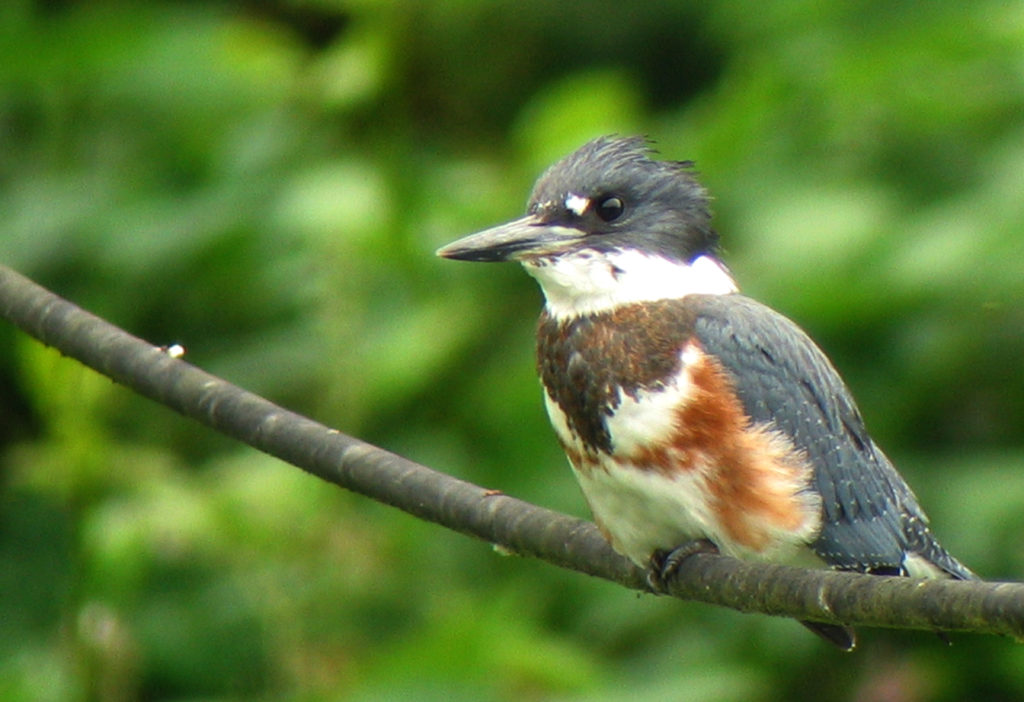
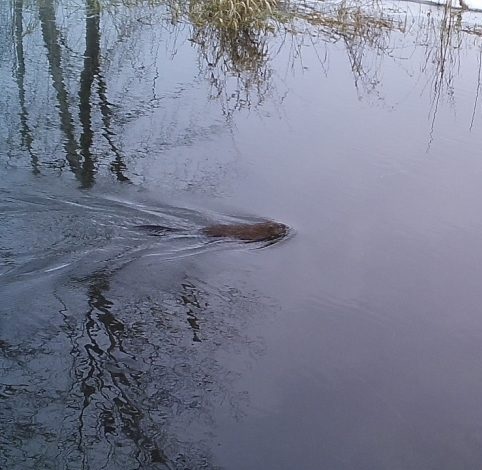

The McKenzie-Willamette Confluence was identified as a top priority for conservation in 2000 after a regional assessment convened by the McKenzie Watershed Council highlighted its biological richness. That richness is a reflection of the size of the place, the wide variety of habitats, and the dynamism of two rivers converging.
Green Island is nestled at the
downstream end of this confluence. Federally and state-listed threatened and endangered species including spring Chinook salmon, Oregon chub, western pond turtle, and the red-legged frog all find homes there. Over the course of a year, at least 150 species of birds spend time there including western meadowlark, pileated woodpecker, black phoebe, osprey, and wood duck.
From being a regular in the annual Christmas Bird Count to hosting a constructed hibernaculum (snake den), Green Island continues to inspire McKenzie River Trust staff, conservation partners, and volunteers to seek opportunities to enhance habitat and learn more about regional wildlife species.
When visiting Green Island, bring a sense of discovery along with your binoculars. You never know when you will be treated to a glimpse of an otter as it dives below the surface, a black-tailed deer and her fawn as they disappear into the dense floodplain forest, or a freshly chewed stick that a beaver dropped while crossing the path the night before.
There is Something About This Place
It is a phrase that MRT staff and volunteers hear often from visitors to Green Island. “There is something about this place.” What that special something is differs depending on whom you ask, but there is no doubt that through the past two decades, thousands of people have connected to this conservation area in a variety of meaningful ways.
We have welcomed students to the land. The Coburg Charter School has utilized this location as a learning landscape, introducing their students to the principles of ecology while also engaging them in stewardship activities. And each year McKenzie River Trust offers dozens of tours to community members and local organizations to explore and engage in a variety of activities such as birding, plein-air painting, mammal tracking, and wildflower identification. As MRT’s outreach program grows, new opportunities to engage with more people are created by making Green Island events more inclusive and accessible.
In 2020, McKenzie River Trust launched “Living River Exploration Days.” On the second Saturday of the month (March-December) community members are invited to explore Green Island through the seasons with these unstructured events that provide visitors the opportunity to take a stroll, bring a picnic, drop a line in the water, or view the beautifully painted bird boxes.
Throughout the year we invite you to Green Island and encourage you to discover what that “something special” is for you!
